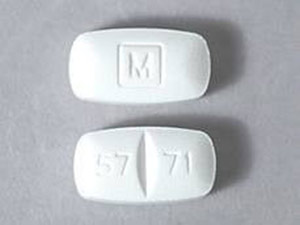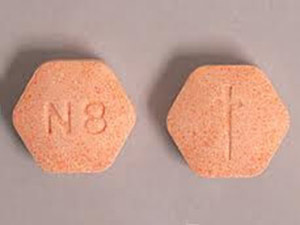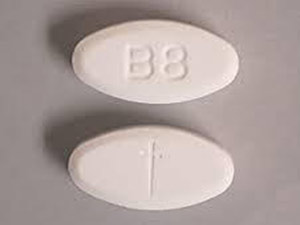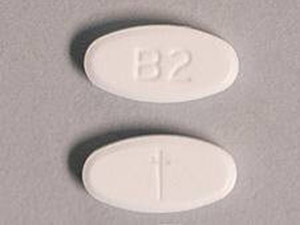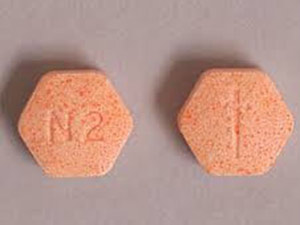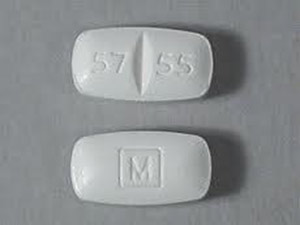Category: Opioid Addiction
Showing all 6 resultsSorted by latest
Opioid is known as a painkiller that acts as a friend and an enemy for a user at the same time. Doctors use them to help people with serious pain, but if not used carefully, they might cause more problems than they solve.
People get addicted to using these pills, and it is tough for them to stop using them. It is like trying to stop eating your favourite candy once you start, even if you know that candy is not good for your health. Its class of potent analgesic drugs is derived from or mimics natural substances found in the opium poppy plant. They interact with opioid receptors in the brain and spinal cord, producing pain-relieving effects. ‘
Common opioids include morphine, oxycodone, and fentanyl. While effective in alleviating severe pain, opioids also carry risks such as dependency, addiction, and respiratory depression. These drugs, whether prescription pain medicine or illicit substances, work by diminishing the perception of pain and altering the emotional response to it.
The allure of the euphoria they induce has led some individuals to misuse opioids, resulting in opioid use disorder (OUD). This complex landscape underscores the need for balanced prescribing practices, public awareness, and comprehensive strategies to address opioid-related challenges.
Decoding The Grip Of Opioid Addiction
I think you should clarify the concept of ‘Opioids ‘ Opioids are a group of drugs prescribed by doctors to reduce a patient’s severe pain. They do a job by attaching to specific receptors in the brain cells responsible for pain sensation and pleasure perception.
Opioids can be derived from a narcotic plant, including morphine, or synthesized in a laboratory, such as fentanyl. Other commonly used opioids include codeine, hydrocodone, oxycodone, etc. Now, I know you are thinking about how these medicines work to reduce heavy pain, right?
These drugs travel through the bloodstream and block pain messages while also producing feelings of pleasure. It’s worth noting that there are many other types of opioids available as well.
Doctors usually prescribe opioids for the following conditions –
- Operations And Surgeries
- Severe Injuries
- Dental Procedures
- Terrible Diseases like Brain Tumor, Cancer, etc.
Light Towards The Opioid Addiction
Opioid addiction occurs when someone becomes overly reliant on strong pain-relief medications, including Morphine, Oxycodone, etc. Here, reliance means the person feels compelled to take such medicines even if they don‘t need them or even if they know that these medicines are harming their life.
Now the question arises: how will the person know that they got addicted to the Opioid? I have researched the following signs of Opioid Addiction –
- The person is not able to stop using opioids even if they want to.
- Frequently, the consumption of opioids is more than the doctor prescribed.
- Consuming a higher dose than prescribed.
- Using other’s prescriptions for taking Opioid Medicines.
- Illegally purchased from dealers.
The Impact Of Opioid Addiction On Society
Addiction to opioids is not merely a personal battle; it has dangerous consequences that shatter families, communities, and even entire nations. It is like a dark shadow that covers millions of people. I have researched the following impact of opioid addiction. Let‘s have a look at that –
Impact On Relationships- Opioid addiction impacts relations by straining bonds and trust issues, and you know what it impacts on the children the most because they get frightened when they see the abnormal activities around them.
Rising medical expenses: Opioid addiction is not a one-day treatment; it takes time and money for treatment. Many dollars are spent on treating addiction and associated conditions, which increases the medical treatment.
Minimizes Productivity- Opioid addiction reduces productivity and attacks the growth of the economy due to weaker labour forces, job losses, and absenteeism.
Increased Crime Rate- Opioid addiction plays a role in boosting crime rates. People who don’t get money to consume opioids join the world of crime easily, which leads to fuel fraud, including the following crimes –
- Money snatching
- Blackmailing
- Violent crimes, including murder, humiliation, etc
Common Symptoms of Opioid Addiction
Early detection of the symptoms is essential to assisting someone in achieving freedom from this harmful addiction. Take a look at the following warning signs:
Higher doses: People are taking higher doses of opioids and are not concerned with doctors because they are feeling pleasure in every extra dose.
Addiction to drugs: The other symptoms found in patients of opioid addiction are that they are behaving like a child and show cravings in their actions. Constantly, they want to consume these harmful painkillers even when it means sacrificing one’s health, family, or career.
Common Symptoms: The most common symptoms found in patients’ daily routine include anxiety, sweating, pains, etc. These medicines also cut the patient’s good sense, and sometimes anger is also one of the most common actions found in the patient’s behaviour.
Mood Swings: Opioid-addicted patients don’t have a consistent mood all the time. They sometimes feel happy, and within a minute, they start crying without any reason.
Diagnosis And Treatment Of Opioid Addiction
Just like a fractured bone requires a proper diagnosis and treatment, opioid addiction also requires counselling and assistance. Physical and mental health exams are frequently used in diagnosis, and treatment requires a treatment course that usually includes the following:
Medication-assisted therapy (MAT):
The first approach I have researched is MAT, which also stands for Medication-assisted therapy. This approach minimizes cravings and withdrawal symptoms by using drugs like buprenorphine or methadone. This is also known as the most common therapy used by medical professionals and helps patients recover from the black world.
Motivation from recovered groups:
The real stories have the potential to provide confidence in the patient that they can recover from this strong addiction like others. Getting in touch with people going through recovery to exchange stories and offer encouragement. This approach will create a positive environment around the patient.
Comprehensive approaches:
Comprehensive approaches can also be used in treating the patient effectively. You can use therapy, mindfulness games,stress-buster strategies, etc, which will help you in the quick recovery of an opioid-addicted person. You can motivate patients by suggesting they do exercise and yoga daily for positive energy, and it helps divert their minds from addiction to a healthy and peaceful life.
Prevention Of Opioid Addiction:
The best way to stop the shadow from growing is to prevent it. What do we have to require? We have to require the following multifaceted strategy –
- Doctors should monitor painkillers closely and reserve the use of opioids for only serious circumstances.
- They must provide usage guidelines to patients before they prescribe such medicines.
- Spreads knowledge about the causes of opioid addiction and encourages non-opioid pain relief treatment and techniques.
- Taking care of the socioeconomic determinants of health, such as unemployment, poverty, and mental health conditions that raise the likelihood of addiction.
- Early intervention to identify and help those who are at risk of addiction before it takes root.
The Role Of Mental Health in Opioid Addiction:
Addiction to opioids is frequently accompanied by mental health issues, including trauma, anxiety, and depression. For recovery to be successful, these underlying problems must be treated. It’s similar to balancing two responsible sides: mental health and addiction.
Mental health plays a big role and encourages people to consume medicines like opioids for short-term relief. When people feel sad or stressed, they might turn to opioids and start consuming them. These drugs can temporarily make them feel better, but they bring an addiction itself. You can use the following strategy to avoid opioids during a challenging phase like anxiety, tension, or depression –
- Concern doctor before taking a harmful step of using opioids.
- Give more time to your family members and loved ones.
- Try to divert your mind by visiting peaceful places.
The Role of Family in Opioid Addiction
Family members are essential in helping loved ones who are struggling with addiction. It’s critical to provide compassion, sympathy, and a secure environment to the patient for quick healing.
You have to remember that they can’t handle everything on their own, so you have to treat your patient like a baby and instruct your other members to act like a babysitter. You can also go for expert advice and join support networks to provide better home treatment to the addicted person.
The Economic Impact of Opioid Addiction
Addiction to opioids has a terrible financial cost. Healthcare bills, lost productivity, and expenditures associated with crime cost trillions of dollars every year. It’s like throwing a million of funds, which are meant for infrastructure, education, or other essential services that can benefit the nation.
Opioid addiction affects people‘s ability to work; when individuals struggle with addiction, they might miss work or have difficulty finding or keeping a job; it not only impacts their income but impacts the economy of a country as well.
Conclusion
Opioid addiction is a challenging problem, but it is treatable. We can improve the situation by increasing public awareness, correcting misconceptions, and providing suitable resources for support, treatment, and prevention. Share this blog with your contacts or with the family who are facing this problem. If it helps even a small group dealing with opioid addiction, that‘s a success.

